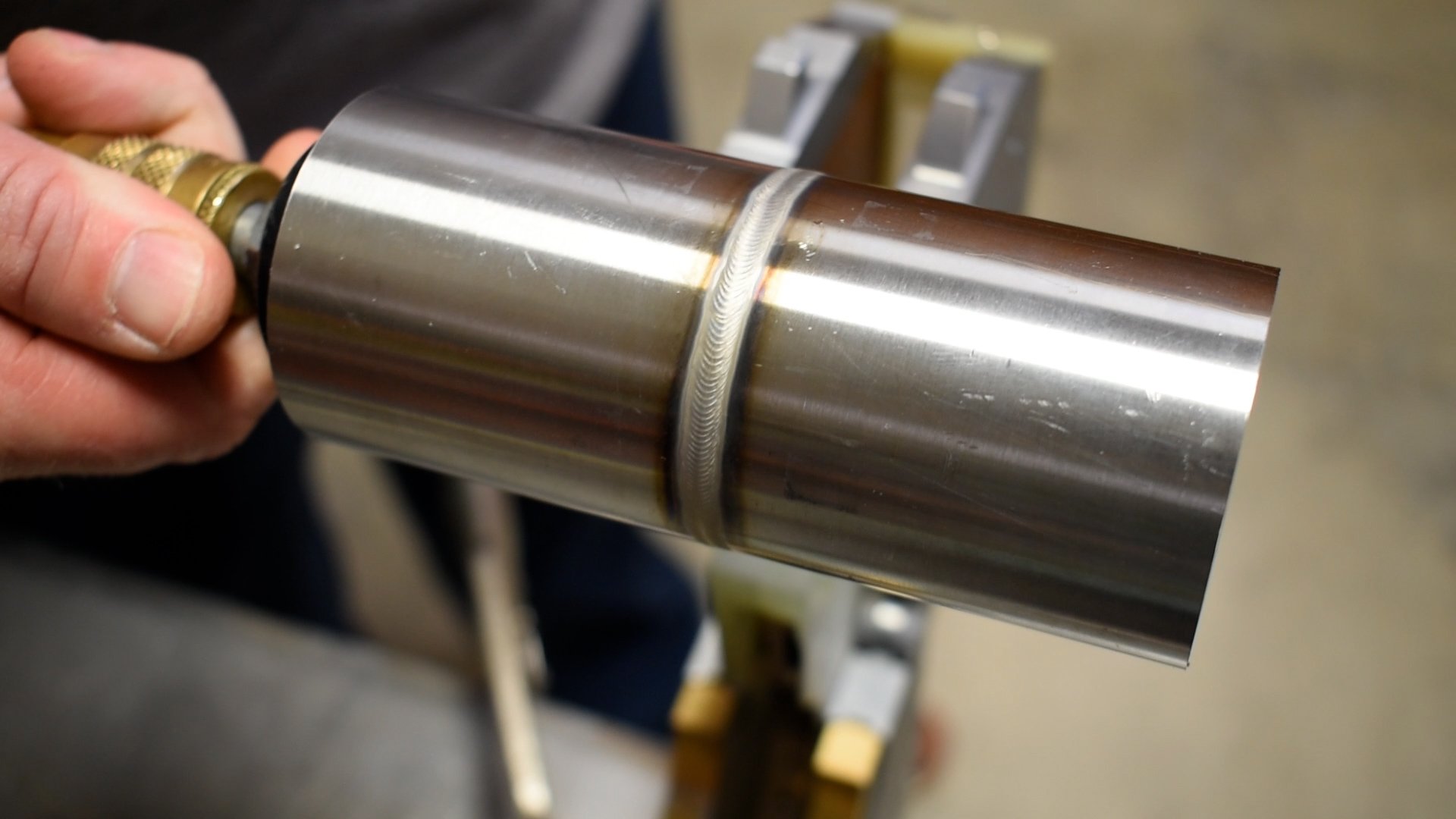How to Avoid Weld Undercut: Important Tips for Welders
A Comprehensive Overview to Identifying, Fighting, and Repairing Undercut Welding Problems in Your Welding Tasks
In the realm of welding, experiencing undercut issues is an usual challenge that can endanger the structural honesty and overall top quality of your welding tasks. Comprehending the origin creates behind undercut welding, being able to precisely identify it in your welds, and applying effective preventative actions are important skills for any kind of welder. Additionally, having the understanding and strategies to remedy undercut troubles when they do occur can make a substantial distinction in the last end result of your welding endeavors. Keep tuned as we check out the crucial components of recognizing, protecting against, and repairing undercut welding troubles, giving you with valuable insights and approaches to boost your welding skills to the following degree.
Common Sources Of Undercut Welding
Undercut welding, an usual problem in welding processes, can be triggered by various aspects that need to be thoroughly determined and addressed to make sure the honesty of the weld joint. One of the key reasons of undercut welding is excessive warm input. When the welding specifications, such as voltage, existing, or travel rate, are not appropriately established, an excessive quantity of warmth can be created. This excess warmth results in the melting and succeeding elimination of the base material along the sides of the weld joint, developing a groove understood as undercut.
One more common reason of undercut welding is inappropriate welding strategy. Inadequate control of the soldering iron or gun, wrong angle or distance between the work surface and the torch, or inconsistent travel rate can all contribute to the formation of undercut. Additionally, using the wrong welding consumables or electrode dimension for a specific joint arrangement can result in undercut issues. Recognizing these root triggers and implementing rehabilitative measures is necessary in avoiding and rectifying undercut welding troubles in welding projects.
Identifying Undercut in Welds

To recognize undercut properly, proper lights and magnifying devices are vital to inspect the weld joint completely. Making use of devices such as a welding gauge or a magnifying glass can assist in detecting even the smallest undercut blemishes. In addition, running a finger or a finger nail along the weld joint can sometimes expose undercut, as the surface area may feel unequal or have a dip where the undercut exists.
Safety Nets for Undercut
Having a deep understanding of the reasons for undercut in welds allows for the implementation of efficient safety nets to maintain weld high quality and stability. One crucial preventive step appertains weld joint preparation. Ensuring that the sides are tidy, totally free of contaminants, and properly beveled can dramatically lower the chance of undercut (Preventing weld undercut). In addition, choosing the appropriate welding parameters, such as voltage, current, and take a trip speed, is vital. These settings should be maximized to stop too much warm input, which can lead to damage formation. look at here

Strategies for Repairing Undercut

To resolve undercut problems properly, welders can employ certain techniques aimed at correcting the flaw and bring back the stability of the weld joint. One strategy is to readjust the welding specifications, such as the voltage, existing, and travel speed, to guarantee correct warmth input and blend. Enhancing the welding present or lowering the travel speed can help fill out the undercut. In addition, changing the welding technique from a push to a drag or vice versa can likewise assist decrease undercut.
Another method is to utilize a weaving movement while welding to make certain proper sidewall combination and fill in the undercut. By oscillating the welding arc from side to side within the weld joint, the welder can deposit more filler material right into the undercut areas, efficiently eliminating the defect.
Furthermore, grinding out the undercut and rewelding the joint can be a practical option for much more extreme undercut problems - Preventing weld undercut. This process involves getting rid of the undercut section, preparing the base steel, and after that rewelding the joint with proper welding top article criteria and strategies to avoid undercut from returning

Specialist Tips for Staying Clear Of Undercut
Utilizing appropriate welding methods and keeping control over vital welding parameters are critical methods for welders aiming to protect against undercut in their weld joints. Furthermore, selecting the appropriate welding procedure and filler metal for the details application can help stop undercut. Maintaining a consistent traveling rate during the welding procedure is an additional essential suggestion to stop undercut.
Final Thought
To conclude, determining, protecting against, and fixing undercut welding problems in your welding projects is essential for ensuring strong and long lasting welds. Preventing weld undercut. By recognizing the usual causes of undercut, being able to identify it in welds, carrying out preventive actions, and making use of correct strategies for fixing undercut, you can avoid prospective issues and produce top notch welds. Following professional suggestions for staying clear of undercut can help you boost your welding abilities and create better cause your projects
Undercut welding, a common problem in welding procedures, can be caused by different aspects that require to be very carefully recognized and resolved to make sure the honesty of the weld joint. Furthermore, running a finger or a fingernail along the weld joint can in some cases reveal undercut, as the surface area may feel unequal or have a dip where the undercut exists.
Making use of correct welding techniques and maintaining control over vital welding parameters are essential methods for welders intending to stop undercut in their weld joints.In conclusion, recognizing, protecting against, and taking care of undercut welding issues in your welding tasks is critical for guaranteeing solid and long lasting welds. By understanding the typical reasons of undercut, being able to recognize it in welds, executing preventive measures, and utilizing proper techniques for repairing undercut, you can stay clear of prospective issues and develop top notch welds.